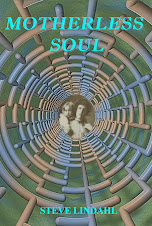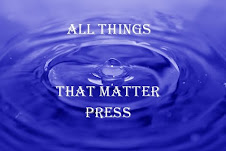My rating: 5
of 5 stars
I'm a fan of the television show
Bones. I'm also a fan of period novels, so
Ariana Franklin's novel, Mistress of the Art of Death
seems as if it was written for me. This is the story of a doctor from
Sicily who specializes in analyzing corpses, just like Dr. Temperance
Brennan on the TV show. Also like the show this doctor is a woman.
Apparently, Sicily is progressive, for the twelfth
century.
Dr. Adelia Aguilar comes to England at the request of the King of Sicily. It seems his friend, Henry II, the king of England has a problem. Someone has been killing children in the Cambridge region. The people of that area are blaming the Jews and Henry has been forced to put them in protective custody in one of his castles. Dr. Aguilar along with Simon, a Jew and Mansur, a Moor, eunuch, are tasked with finding the true killer so the Jews can go back to living their lives – or, more accurately, so Henry can go back to taxing the Jews.
The story takes place during a time in England when the church and the monarchy were in a power struggle. Here is an excerpt that reflects that struggle:
The king's voice rose in a wail that filled the gallery like a despairing trumpet. “Sweet God, forgive this unhappy and remorseful king. Thou knowest how Thomas a Becket did oppose me in all things so that in my rage I called for his death. Peccavi, peccavi, for certain knights did mistake my anger and ride to kill him, thinking to please me, for which abomination You in Your righteousness have turned Your face from me. I am a worm, mea culpa, mea culpa, mea culpa. I crawl beneath Your anger while Archbishop Thomas is received into Your Glory and sitteth on the right hand of Your Gracious Son, Jesus Christ.”
Faces turned. Quills were poised in mid-account, abaci stilled.
Henry stopped beating his breast. He said conversationally, “And if I am not mistaken, the Lord will find him as big a pain in the arse as I did.”...
Franklin's characters are well developed and get involved in relationships that are messy and for that reason fascinating. I was hooked.
Mistress of the Art of Death, published in 2007, is the first book in a series and I plan to read more.
Dr. Adelia Aguilar comes to England at the request of the King of Sicily. It seems his friend, Henry II, the king of England has a problem. Someone has been killing children in the Cambridge region. The people of that area are blaming the Jews and Henry has been forced to put them in protective custody in one of his castles. Dr. Aguilar along with Simon, a Jew and Mansur, a Moor, eunuch, are tasked with finding the true killer so the Jews can go back to living their lives – or, more accurately, so Henry can go back to taxing the Jews.
The story takes place during a time in England when the church and the monarchy were in a power struggle. Here is an excerpt that reflects that struggle:
The king's voice rose in a wail that filled the gallery like a despairing trumpet. “Sweet God, forgive this unhappy and remorseful king. Thou knowest how Thomas a Becket did oppose me in all things so that in my rage I called for his death. Peccavi, peccavi, for certain knights did mistake my anger and ride to kill him, thinking to please me, for which abomination You in Your righteousness have turned Your face from me. I am a worm, mea culpa, mea culpa, mea culpa. I crawl beneath Your anger while Archbishop Thomas is received into Your Glory and sitteth on the right hand of Your Gracious Son, Jesus Christ.”
Faces turned. Quills were poised in mid-account, abaci stilled.
Henry stopped beating his breast. He said conversationally, “And if I am not mistaken, the Lord will find him as big a pain in the arse as I did.”...
Franklin's characters are well developed and get involved in relationships that are messy and for that reason fascinating. I was hooked.
Mistress of the Art of Death, published in 2007, is the first book in a series and I plan to read more.









